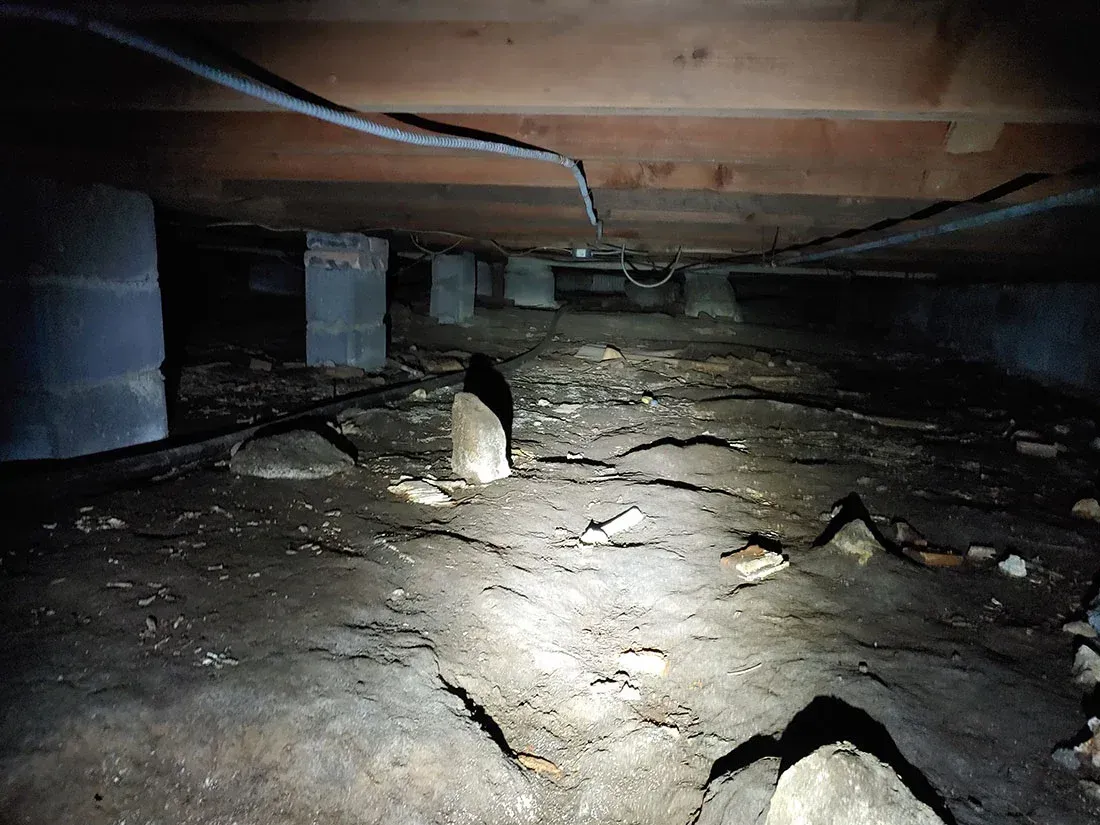How Can Seasonal Changes in the Myrtle Beach Area Fuel Crawl Space Mold Growth?

Imagine stepping into your home, knowing that beneath your feet lies a hidden issue that could affect the health and stability of your entire household. Although crawl space mold can be challenging in the Myrtle Beach area, communities like Murrells Inlet often face unique environmental factors that accelerate mold growth. In these coastal zones, where steady humidity and seasonal swings quickly transform crawl spaces into mold havens, proactive and targeted measures are essential—not just to safeguard property but to protect the well-being of everyone who lives there.
The Seasonal Mold Challenge in Murrells Inlet
Murrells Inlet experiences a subtropical climate that brings seasonal challenges to crawl space maintenance. In the warmer months, intense humidity creates a perfect environment for mold to thrive within days. Subtle moisture sources—from minor seepage to naturally high humidity levels—can trigger rapid fungal outbreaks. Left unchecked, mold growth can creep into subflooring, eventually impacting your home’s indoor air quality.
As temperatures cool, you might hope this will solve the problem, but the conditions in Murrells Inlet can be deceptive. Cooler weather can trap moisture inside crawl spaces, leading to condensation on cold surfaces. Without proper ventilation or encapsulation, winter’s cooler conditions sustain hidden mold or reactivate dormant spores when warmer weather returns.
Why Proactive Crawl Space Mold Control Matters Here
For homeowners in Murrells Inlet, mold is a constant, year-round issue. Managing it requires a strategy that addresses both the moisture-heavy summer months and the cooler periods of the year. Professional mold remediation Murrells Inlet SC services, like those provided by MasterTech Environmental of Myrtle Beach, are tailored to handle these unique coastal and seasonal challenges.
· Summer Solutions: During peak heat and humidity, the goal is to prevent mold colonization by controlling moisture. A professional inspection can uncover vulnerabilities—undersized vents, inadequate ground covers, or poor drainage—that funnel dampness into your crawl space. Encapsulation seals off walls and floors, while a dehumidification system suited for Murrells Inlet’s climate helps maintain safe humidity levels and stops mold before it spreads.
· Winter Adjustments: During cooler months, the objective shifts to preventing trapped moisture and condensation. By implementing controlled ventilation and moisture-resistant insulation, professionals keep your crawl space dry without causing structural issues. These adjustments help ensure mold doesn’t find the conditions to persist through the off-season.
Consistent Vigilance in Murrells Inlet
Beyond addressing each season’s challenges, year-round monitoring is essential in Murrells Inlet. Day-to-day and seasonal changes in humidity can significantly influence mold levels. Regular inspections from MasterTech Environmental can catch emerging issues early, ensuring that subtle moisture or air quality shifts don’t become major headaches.
The local environment—from the coastal soil composition to the steady groundwater presence—makes ongoing oversight critical. With a watchful eye and timely interventions, you can keep your crawl space dry, stable, and free from mold’s damaging effects.
A Healthier Home Starts with MasterTech Environmental
Crawl space mold is a persistent challenge in Murrells Inlet, but a proactive approach can protect your home and loved ones year-round. Mold remediation isn’t just about quick fixes; it’s an ongoing commitment to safeguarding health, enhancing comfort, and preserving property value. Combining seasonal strategies with vigilant oversight ensures your home stays clean, safe, and mold-free.
If you’re concerned about mold or ready to take preventive steps, contact MasterTech Environmental of Myrtle Beach. Our experienced team understands the specific challenges facing Murrells Inlet homeowners and stands ready to provide customized solutions that keep your home safe—regardless of the season. Don’t let hidden dampness dictate your family’s well-being. Let’s face these challenges together and maintain a healthier home environment.



